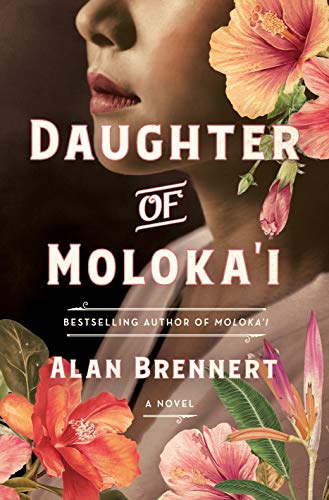Daughter of Moloka’i
Ruth (Watanabe) Harada is a survivor of not one, but two forced internments. When her parents were infected with leprosy, they were exiled to an isolated peninsula on the Hawai’ian island of Moloka’i. Born free of the disease in 1917, Ruth is given up for adoption, but the baby is stigmatized by her parents’ illness and her half-Japanese, half-Hawai’ian heritage. It takes a few years for the little girl to find a loving home with the Watanabe family of Oahu. A few years later, the Watanabes move to Sacramento, California, and become successful farmers.
Twenty years later, one of America’s bleakest events occurs – the internment of mainland Japanese residents, even those born in the U.S., after the attack on Pearl Harbor. Ruth’s extended family is forced to sell their prospering farm for a tenth of its worth, to endure winter’s frigid grip and desert heat at the Manzanar relocation center – a polite name for a concentration camp. Ironically, if the Watanabes had stayed in Hawai’i, they would have been unmolested, for the island’s Japanese residents were vital to Hawai’i’s agricultural economy. That sad irony also tears at the Watanabe family.
Alan Brennert is delighting readers who enjoyed his highly popular novel, Moloka’i, with a long-awaited sequel, Daughter of Moloka’i. I haven’t seen the first book, but Daughter is a perfect stand-alone story, with a profoundly touching twist as the story unfolds. It’s a powerful study of societal and personal prejudice, of redemption on many levels, and of the rich relationship between mother and daughter. Daughter of Moloka’i is also a cracking good story, and I loved it.










